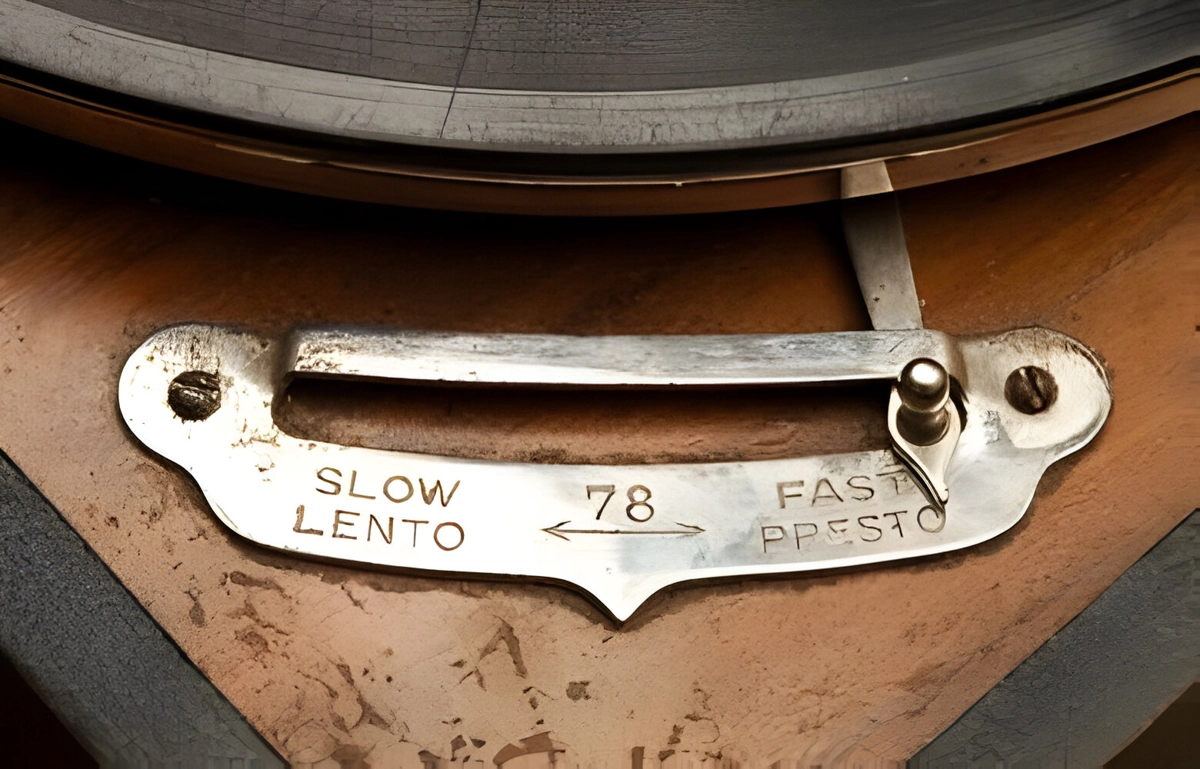Microplastic pollution has become a pervasive environmental problem, as these tiny plastic particles can be found everywhere from remote mountain tops to the depths of the ocean.
While many sources contribute to this problem, one surprising culprit is our laundry. Synthetic textiles release millions of microfibres when washed, which eventually end up in the world’s waters, posing a significant threat to marine life and human health.
The ubiquity of these synthetic materials in our clothes, combined with the frequency of washing, has turned a seemingly harmless household chore into a major environmental problem.
What can we as individuals do to reduce the environmental footprint of our laundry and mitigate the effects of microplastic pollution?
The Alarming Link Between Laundry and Microplastic Pollution
Every time we wash synthetic fabrics such as polyester and nylon, they shed countless microfibres – tiny plastic threads less than 5 mm in size.
A single load of laundry can release several million of these fibres. To illustrate this, a study by Plymouth University found that a single 6kg wash can release up to 700,000 microfibres.
These fibres are so small that current wastewater treatment technologies are limited in their ability to capture them, resulting in a significant proportion ending up in our oceans.
The scale of this problem is staggering: it is estimated that washing alone releases 200,000 to 500,000 tonnes of microfibres into the marine environment every year.
Once in the ocean, these microfibres are ingested by marine life and cause physical and chemical damage. They can also absorb and concentrate toxic chemicals, which then accumulate in the food chain and ultimately endanger human health.
Recognising the scale of this challenge is the first step in identifying effective solutions.
The severity of the problem requires immediate action from individuals and businesses alike to reduce the environmental damage caused by our washing habits. While the scale of the problem may seem overwhelming, there are solutions that can significantly reduce the amount of microfibres released by our washing machines.
Can Machine Filters Save Our Oceans from Microplastic Pollution?
One of the solutions to combat microplastic pollution from laundry is the use of washing machine filters. These innovative devices are designed to capture microfibres before they enter the wastewater system. Christian Cullinane from Xeros Technology says washing machine filters are capable of preventing ‘more than 90%’ of microfibres in our laundry from entering the water.
This is a significant reduction that could, at least for now, make a difference in the fight against microplastic pollution.
Several companies now offer filters that can be easily installed in existing machines. The Lint LUV-R filter developed by Environmental Enhancements or PlanetCare for example, can capture up to 99% of the microfibres in a load of laundry.
Similarly, the Filtrol 160 filter has also been proven to remove up to 89% of microfibres.
These products provide a simple and effective way for individuals to take action in their own homes.
However, to truly make a significant impact, policies and regulations requiring the installation of microfibre filters in all new washing machines would have more impact. France has already taken this step, requiring all new washing machines sold from 2025 onwards to include microfibre filters.
Proposed legislation in other regions, such as California’s AB 1628, aims to follow suit.
These policy changes recognise the magnitude of the problem and the need for widespread adoption of filtration solutions. By advocating for these solutions and supporting legislation, we can make meaningful progress towards cleaner oceans and a healthier planet.
Can Sustainable Laundry Practices Make a Difference?
While washing machine filters are an important solution, other eco-friendly washing habits can also help reduce microfibre shedding. These include using liquid detergents instead of powders, as liquids are less abrasive and cause less fibre breakage.
Washing less frequently and only when needed can also minimise the amount of microfibres released.
By choosing colder water and shorter wash cycles when washing, you can further reduce fibre release.
Air drying clothes instead of using a dryer not only saves energy but also reduces wear and tear on the fabric, resulting in less fibre loss.
While these practices are beneficial, it’s crucial to acknowledge the limitations of relying solely on individual behaviour change. It’s difficult to achieve widespread adoption as not everyone has access to or can afford eco-friendly detergents, and busy lifestyles can make it difficult to reduce washing frequency. The impact of these individual measures, while valuable, may not be enough to address the scale of the problem.
Technological solutions such as filters and policy changes are essential for a comprehensive approach to tackling microplastic pollution in laundry. A multi-layered strategy that combines individual efforts with systemic change is needed to shift industry standards and consumer behaviour towards a more sustainable future.
Conclusion
The role of laundry in microplastic pollution cannot be overlooked. Every individual has the power to make their laundry habits more sustainable. But to truly combat this environmental crisis, we need to push for systemic changes, such as mandatory washing machine filters and stricter regulations for textile manufacturing.
Mandatory washing machine filters are an immediate and viable solution to drastically reduce microfibre pollution in laundry. The urgent question remains: When and are we willing to take collective action to implement such measures?



